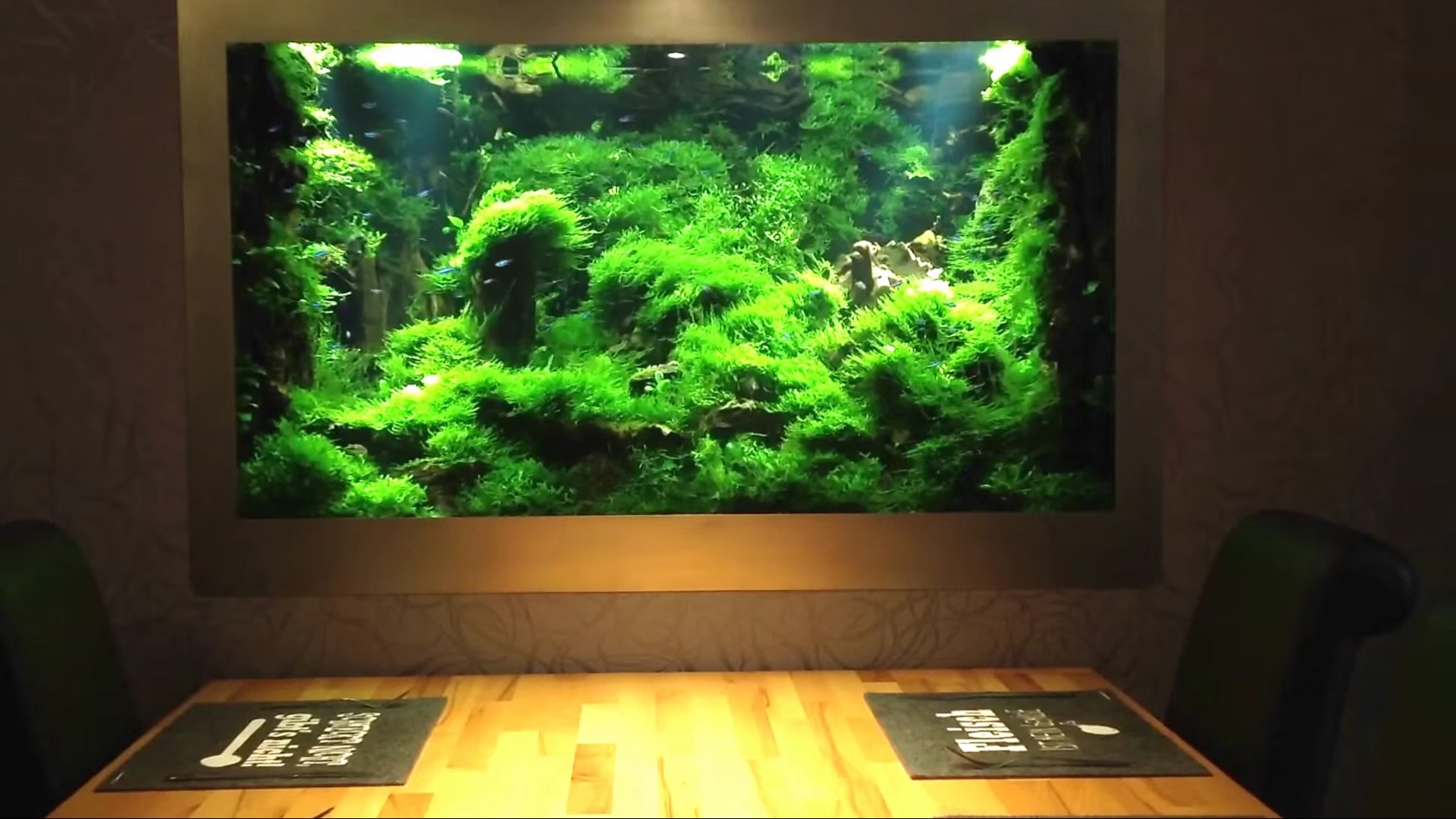Hi all,
I know all of you are tired of answering those questions but I want to explain my case:
About 1,5 years ago I started a new tank - 250L (ish) with an Oase biomaster thermal 600 (initially 850) . My plan was to have the dreams planted aquarium as I’ve had many small successful planted tanks before … so I got a nice CO2 setup and then I started to struggle… well, first of all I could never have a good distribution of CO2 throughout my tank, secondly my DC never read anything different than Green (I set it far from the diffuser to make sure that there was CO2 all over but I don’t think the reading was right ) And thirdly, my plants never grew healthily…
Eventually I gave up, let the CO2 run as it was , continued using the fertilisers and only the strong and easy plants throve.
Now I decided that I want to re scape it and do the right thing this time (starting this week) and please I need the good help of you with the following:
What is a good diffuser to use and what type (in-line, reactor, in tank…)
How can I make sure I get CO2 all over the tank (my filter doesn’t have a fantastic flow) . Should I use another pump inside the tank to help?
My tap parameters are roughly ph 7.4 and dKH 2 which I bring it up to 4 with aquadur
Is the method of ph drop reliable ? Measuring ph at lights on and lights off ?
Sorry for so many question and much appreciated for any help 😊
I know all of you are tired of answering those questions but I want to explain my case:
About 1,5 years ago I started a new tank - 250L (ish) with an Oase biomaster thermal 600 (initially 850) . My plan was to have the dreams planted aquarium as I’ve had many small successful planted tanks before … so I got a nice CO2 setup and then I started to struggle… well, first of all I could never have a good distribution of CO2 throughout my tank, secondly my DC never read anything different than Green (I set it far from the diffuser to make sure that there was CO2 all over but I don’t think the reading was right ) And thirdly, my plants never grew healthily…
Eventually I gave up, let the CO2 run as it was , continued using the fertilisers and only the strong and easy plants throve.
Now I decided that I want to re scape it and do the right thing this time (starting this week) and please I need the good help of you with the following:
What is a good diffuser to use and what type (in-line, reactor, in tank…)
How can I make sure I get CO2 all over the tank (my filter doesn’t have a fantastic flow) . Should I use another pump inside the tank to help?
My tap parameters are roughly ph 7.4 and dKH 2 which I bring it up to 4 with aquadur
Is the method of ph drop reliable ? Measuring ph at lights on and lights off ?
Sorry for so many question and much appreciated for any help 😊


